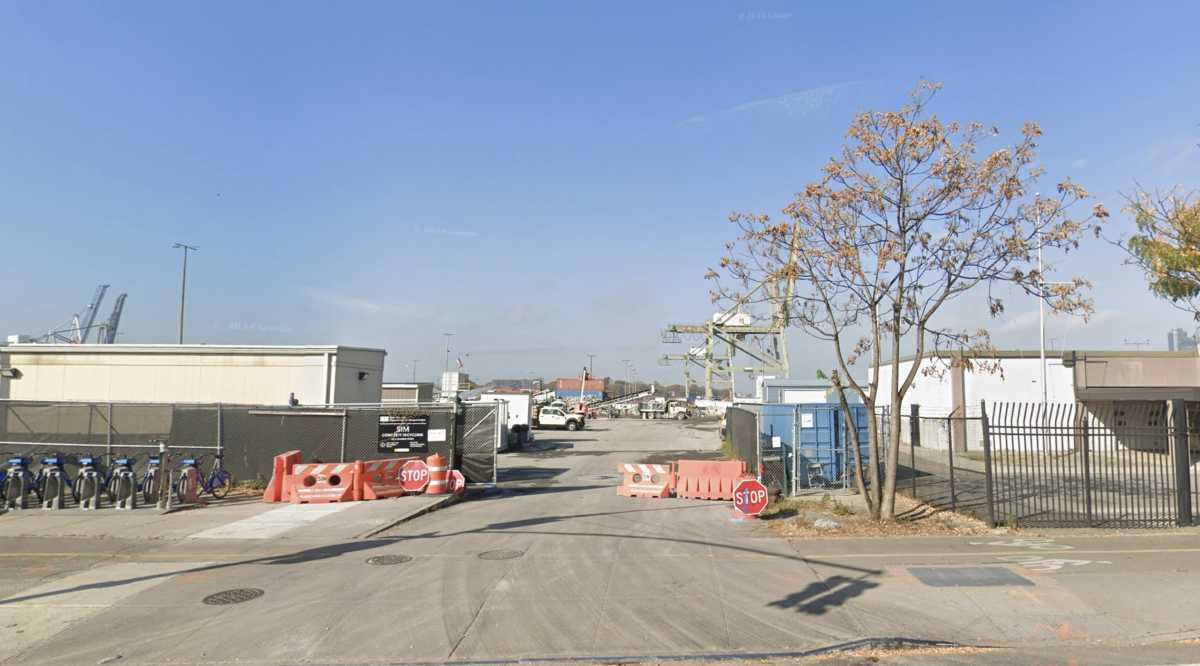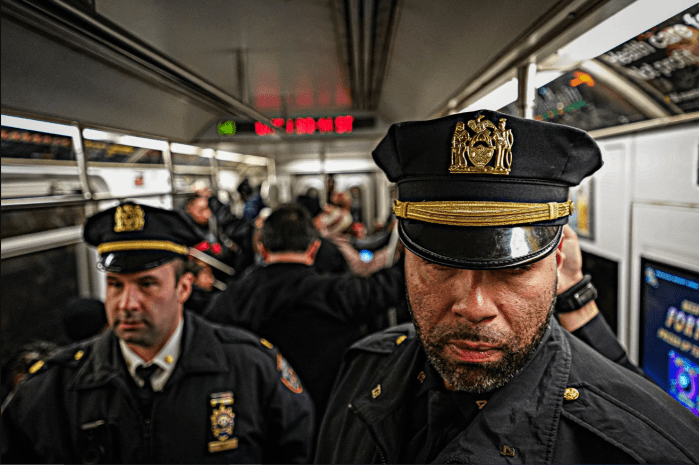The NYPD has released some — but not all — of its long overdue demographic data on arrests made and summonses issued for turnstile jumping, prompting one City Council member to blast the department for continuing to flout the law.
The fare evasion data made available to the public on Wednesday covers the last three months of 2017 and the first six months of 2018. The information on arrests and summonses is broken down in a number of ways — race, gender, age and transit district among them.
But the NYPD failed to provide the data for all of the subway system’s 472 stations, as required by Local Law 47, which went into effect in January. Citing security and public safety concerns, the department only released information for 90 stations.
The number of individuals arrested or summonsed at subway stations outside of the top 10 with the most incidents is also missing. The NYPD also listed arrests and summonses by race, age and gender for all 90 stations as percentages instead of the number of individuals.
“Ensuring the safety of all New Yorkers comes first, and we posted data that satisfies the intent of the legislation while taking into account security concerns,” an NYPD spokeswoman said.
The department contends that disclosing specific data for all of the subway stations could essentially give ill-intentioned individuals a road map to compromising the transit system or it could aid in planning an attack.
City Councilman Rory Lancman, who filed a lawsuit against the NYPD over its failure to disclose the information for over six months, called the NYPD’s limited data release “a sham” that “makes a mockery of the law.”
Lancman argued the information is being withheld not out of security concerns but because the city and department doesn’t want to admit to racial disparities in how fare evasion is enforced.
“The data the police department released is nothing more than a smokescreen that undermines both the letter and the spirit of the law,” Lancman said. “We will continue to fight this battle in court.”
The data, though incomplete, proves that racial disparities in how fare evasion is enforced persists, the councilman added.
Between April and June, at least 9,692 people were issued summonses and at least 1,012 people were arrested, per the NYPD data that was made available. Of those who were arrested, 605 were black, 319 were Hispanic, and 61 were white. Of those who were summonsed, 3,582 were black; 2,886 were Hispanic; and 1,987 were white.
David R. Jones, president and CEO of the Community Service Society, was also disappointed with the limited data release.
“Using our own research and data from public defender organizations, we documented in stark terms how fare evasion policing practices disproportionately target young black and brown males in poor Brooklyn communities,” Jones said. “To determine if these practices were widespread and reflected a bias in enforcement, Council Member Lancman introduced legislation that the City Council passed last year requiring the NYPD to provide quarterly reports on fare evasion arrests and summonses. Simply put, the data provided by the NYPD falls far short of the law’s requirements.”



































